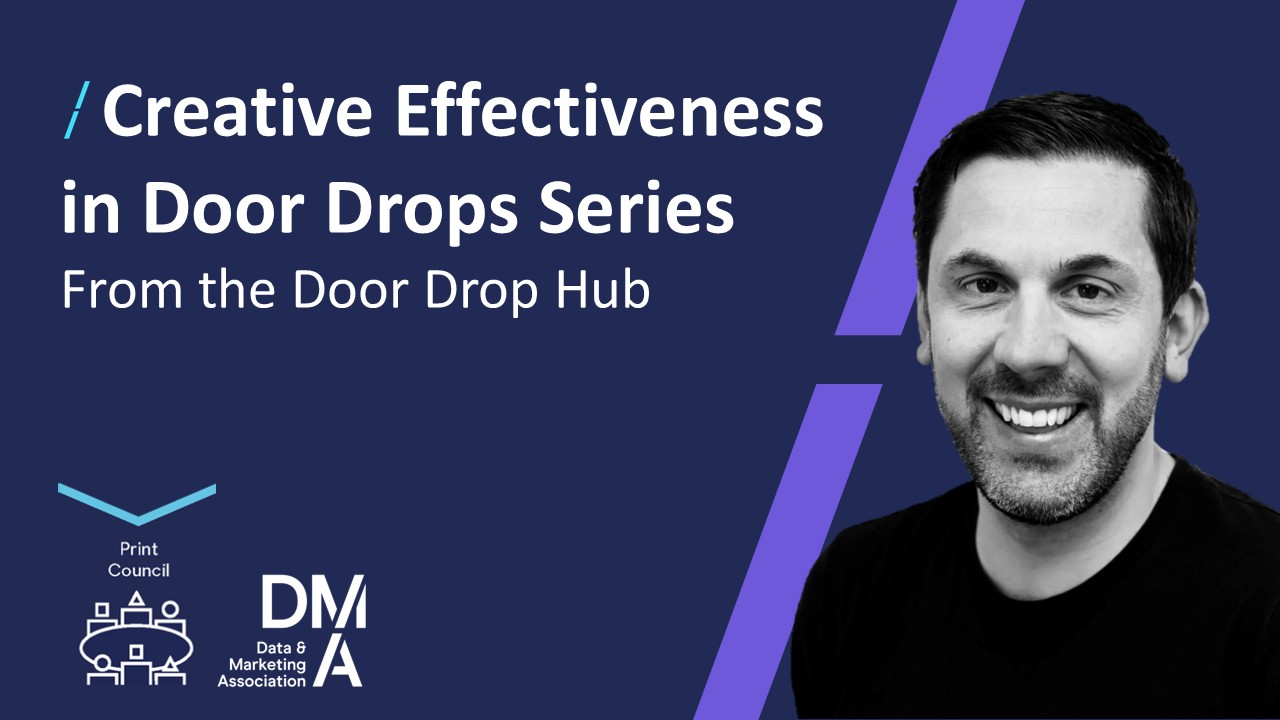The art of authentic differentiation: four ways to stand out
18 Oct 2023

Unless you are extremely fortunate and have a completely unique solution to a problem that no one else can fix, you need to care about differentiation. With multiple solutions for any given problem, it is always a challenge for suppliers to get the attention of potential buyers and win their business.
Businesses try many ways to stand out but, whatever your approach, it must be authentic. Making audacious claims that get attention in the short term will destroy trust and undermine brand value if promises are not fulfilled.
Here are four approaches to consider if you are looking for ways to stand out:
Personalisation
Buyers are not looking for the ‘best’ in the market, they want the best solution for their specific needs. Tailoring your proposition and personalising your communication is one of the most effective ways to capture your buyer’s attention and increase customer engagement. This means stepping back from generic USPs, putting aside marketing slogans, and getting into what really makes your audience tick. Your ability to communicate a persuasive offer that resonates is directly related to how well you know your audience and understand their needs.
Audience insight gleaned through market research or other channels can inform your targeting and segmentation strategy, identifying those customer personas most likely to benefit from your offer. Similarly, competitor research will allow you to see where there are gaps in your competitor’s offer that your product can fill. This level of insight equips you well to position your solution intelligently and personalise your approach so that you stand above others and really connect with your audience.
Value proposition
If you are head-to-head with the competition in terms of product features, you need to look to broader elements of the proposition where you can add value. Competing on price alone or routinely discounting is a dangerous path to follow and risks devaluing your product and tarnishing your brand.
The goal should be to increase the value your customer receives rather than reducing the price they pay. Offering alternative pricing models, flexible contracts, or extended payment terms, for example, can create greater value to your prospective buyer without necessarily eroding your margins. Or incentivising your prospect to spend more with a volume discount can create a win-win scenario for you both. Bundling value-added services or product enhancements with your core product can also add value for your buyer, accelerate adoption of your tools and deepen product penetration, so both parties benefit.
Brand reputation
Beyond product fit and value proposition, buyers today are extremely sensitive to which brands they buy from. Whether it is social media giants serving fake ads, water companies dumping wastewater into the sea or airlines cancelling flights at short notice, companies live and die based on their reputation.
Buyers judge businesses not only on their actions and behaviours but their values and purpose. They are highly receptive to brands that do the right thing and make a positive contribution in the world, so highlighting ethical or green credentials is the perfect way to stand out. Remember however, it is vital to uphold the values that are associated with your brand, as customers will quickly lose trust if you aren’t authentic.
Customer experience
In highly competitive, commoditised markets, customer experience is the most important differentiator. By streamlining the customer journey, simplifying the buying process, increasing convenience and ease of doing business, an enhanced customer experience will put your brand front and centre for your buyer.
That superior experience must be consistent across every part of the customer journey, at every touchpoint with your brand and each time your buyer engages with you. When digital interactions and self-serve processes dominate, supplementing or replacing bots with real humans that provide thoughtful, empathetic, and superior customer support is a fail-safe way to elevate your brand experience and boost customer engagement.
Differentiation is vital for brands as it sets them apart in a competitive market landscape. Effective differentiation helps a brand establish a unique identity and value proposition. It enables them to communicate their distinct qualities, benefits, and attributes to buyers, creating a memorable and lasting impression. By highlighting what makes them special, brands can attract and retain customers, foster brand loyalty, and ultimately drive business growth.
Read more on setting your brand apart:



1.png)

Please login to comment.
Comments